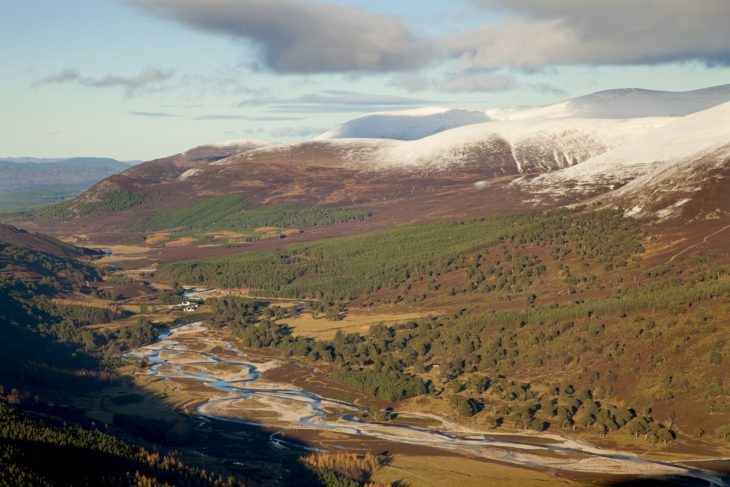The Scottish Wildlife Trust is calling for greater commitment to be given to expanding and restoring Scotland’s native woodland over the next ten years.
The Trust’s response to the Scottish Government’s consultation on Scotland’s Forestry Strategy sets out a number of priorities that aim to ensure that a wide range of social, economic and environmental benefits are realised. We believe a step change is required to address Scotland’s low level of woodland cover and continued failure to meet forestry targets.

Our priorities include ensuring that 60% of new woodland planting consists of native trees, including a greater use of high quality hardwoods such as oak for timber. This transition would bring important benefits for biodiversity, as well as increasing the resilience of the forestry industry.
“We welcome the commitments in the draft strategy on innovation and urban forestry as well as a focus on natural capital. However, there are a number of areas that need more attention, particularly in relation to biodiversity.”
Jonny Hughes, Chief Executive
The Trust also wants to ensure that all Plantations on Ancient Woodland Sites (PAWS) are under restoration by 2025, and would like to see more woodland along rivers created and connected to provide habitats for wildlife, as part of a National Ecological Network.
There should be an increased use of continuous cover forestry to encourage a greater variety of tree ages, and new incentives for creating wood pasture and expanding the use of agro-forestry, where trees are combined with livestock grazing.
Our Chief Executive Jonny Hughes said: “Scotland’s woodlands affect everyone’s lives in a multitude of ways, from giving us clean air and helping to fight climate change, to providing places for recreation and vital wildlife habitats.
“We welcome the commitments in the draft strategy on innovation and urban forestry as well as a focus on natural capital. However, there are a number of areas that need more attention, particularly in relation to biodiversity. These areas include encouraging natural regeneration of woodland by controlling deer numbers, and ensuring that modern Scottish forestry utilises a more diverse range of species.
“There is a concerning over-reliance in the draft strategy on timber production using Sitka spruce, which would lock us into decades of further reliance on a single crop. Encouraging greater diversification, both in terms of the types of tree that are planted, and the activities that forests are used for, will create a more resilient and sustainable economy, while also benefiting biodiversity.
“We can do that in part by involving more ecologists in the design of new plantations, which would help ensure that the industry is fit for the 21st century.”
Read more
Scottish Wildlife Trust response to Scotland’s Forestry Strategy 2019-2029
